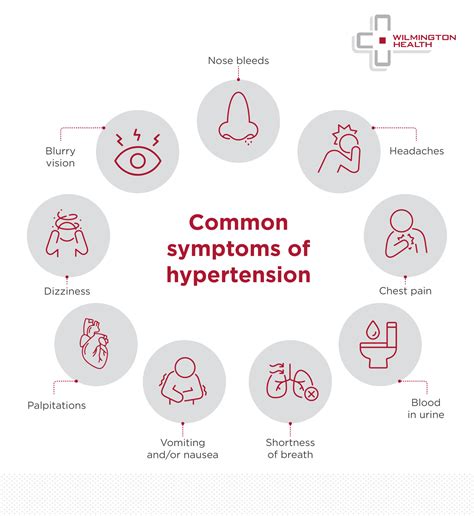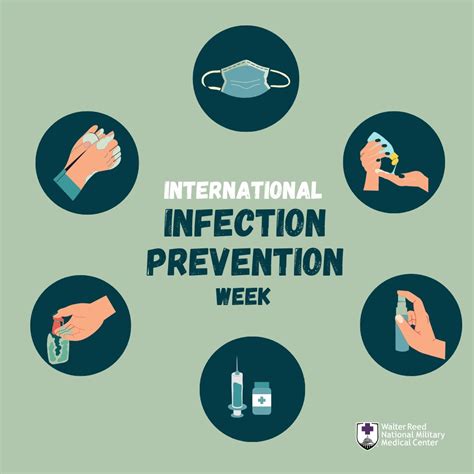Intro
Understanding Viral Disease: Learn about contagious infections, symptoms, and prevention methods, including epidemic outbreaks, virus transmission, and immune system responses.
The world of viral diseases is complex and ever-evolving, with new outbreaks and epidemics emerging regularly. Understanding the basics of viral diseases is crucial for individuals to protect themselves and their loved ones from the risks associated with these illnesses. Viral diseases can range from mild, self-limiting conditions to severe, life-threatening illnesses that require immediate medical attention. The impact of viral diseases on global health is significant, with millions of people affected every year. In this article, we will delve into the world of viral diseases, exploring their causes, symptoms, treatment options, and prevention strategies.
Viral diseases have been a part of human history for centuries, with some of the most notable examples including influenza, HIV, and Ebola. These diseases have had a profound impact on society, shaping the way we live, work, and interact with each other. The rapid spread of viral diseases has led to the development of various public health measures, including vaccination programs, quarantine protocols, and contact tracing initiatives. Despite these efforts, viral diseases continue to pose a significant threat to global health, highlighting the need for ongoing research, education, and awareness.
The study of viral diseases is a multidisciplinary field that involves the collaboration of experts from various backgrounds, including virology, epidemiology, medicine, and public health. By understanding the mechanisms of viral transmission, the immune response to viral infections, and the social and environmental factors that contribute to the spread of viral diseases, researchers and healthcare professionals can develop effective strategies for prevention, diagnosis, and treatment. In this article, we will provide an in-depth exploration of the world of viral diseases, covering topics such as the types of viral diseases, their causes and symptoms, treatment options, and prevention strategies.
What are Viral Diseases?

Types of Viral Diseases
There are several types of viral diseases, including: * Respiratory viral diseases, such as influenza and respiratory syncytial virus (RSV) * Gastrointestinal viral diseases, such as norovirus and rotavirus * Neurological viral diseases, such as rabies and encephalitis * Skin and mucous membrane viral diseases, such as herpes simplex and human papillomavirus (HPV) * Systemic viral diseases, such as HIV and EbolaCauses and Symptoms of Viral Diseases

The symptoms of viral diseases can vary widely, depending on the type of virus and the individual's immune response. Common symptoms of viral diseases include:
- Fever and chills
- Headache and fatigue
- Muscle and joint pain
- Sore throat and cough
- Diarrhea and vomiting
- Rash and skin lesions
Diagnosis and Treatment of Viral Diseases
The diagnosis of viral diseases typically involves a combination of physical examination, medical history, and laboratory tests, such as: * Viral culture and PCR (polymerase chain reaction) * Serology and antibody testing * Imaging studies, such as X-rays and CT scansThe treatment of viral diseases depends on the type of virus and the severity of the illness. Some viral diseases, such as the common cold, can be treated with supportive care, such as rest, hydration, and over-the-counter medications. Others, such as HIV and Ebola, require antiviral medications and other specialized treatments.
Prevention and Control of Viral Diseases

Public Health Measures
Public health measures play a crucial role in preventing and controlling viral diseases. Some effective public health measures include: * Surveillance and monitoring: Tracking the spread of viral diseases and monitoring for outbreaks can help identify areas of high risk. * Education and awareness: Educating the public about the risks and prevention strategies for viral diseases can help reduce transmission. * Policy and legislation: Implementing policies and laws that promote public health, such as vaccination requirements and quarantine protocols, can help prevent the spread of viral diseases.Emerging and Re-Emerging Viral Diseases

Global Response to Viral Diseases
The global response to viral diseases requires a coordinated effort from governments, healthcare systems, and individuals. Some effective strategies for responding to viral diseases include: * International cooperation: Sharing information and resources across borders can help track and respond to outbreaks. * Global surveillance: Monitoring for outbreaks and tracking the spread of viral diseases can help identify areas of high risk. * Research and development: Investing in research and development of new treatments and vaccines can help improve outcomes for individuals affected by viral diseases.What are the most common types of viral diseases?
+The most common types of viral diseases include respiratory viral diseases, such as influenza and respiratory syncytial virus (RSV), and gastrointestinal viral diseases, such as norovirus and rotavirus.
How can I protect myself from viral diseases?
+You can protect yourself from viral diseases by practicing good hygiene, such as washing your hands frequently and avoiding close contact with individuals who are sick. Getting vaccinated against certain viral diseases, such as influenza and HPV, can also help reduce your risk of infection.
What are the symptoms of viral diseases?
+The symptoms of viral diseases can vary widely, depending on the type of virus and the individual's immune response. Common symptoms of viral diseases include fever and chills, headache and fatigue, muscle and joint pain, sore throat and cough, diarrhea and vomiting, and rash and skin lesions.
In conclusion, viral diseases are a significant threat to public health, requiring a comprehensive and coordinated response from individuals, healthcare systems, and governments. By understanding the causes, symptoms, and prevention strategies for viral diseases, we can reduce the risk of transmission and protect ourselves and our loved ones from the risks associated with these illnesses. We invite you to share your thoughts and experiences with viral diseases in the comments section below, and to share this article with others who may be interested in learning more about this important topic.
